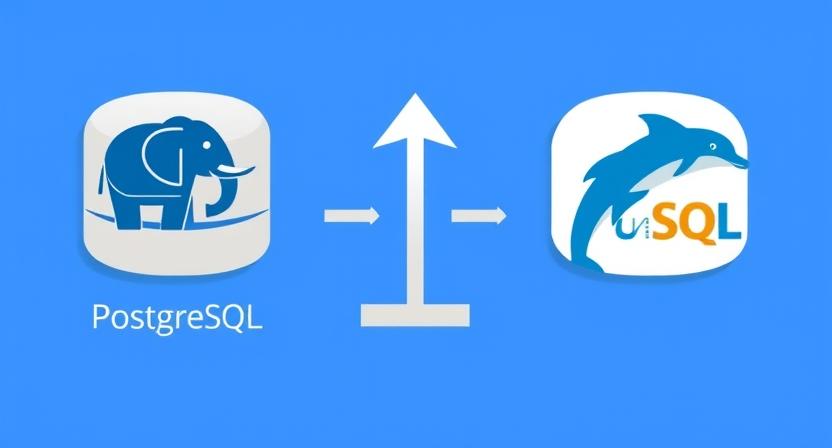Enterprises running MySQL often face performance bottlenecks as data volumes grow. Poorly optimized queries, missing indexes, and inefficient schema design can slow down mission-critical applications. Understanding how to optimize MySQL performance is essential for ensuring system scalability, reliability, and operational efficiency.
Indexing Strategies
Indexes are one of the most effective ways to boost query performance. Properly applied, they reduce table scans and speed up data retrieval. However, over-indexing can have the opposite effect, slowing down writes. Enterprises should regularly review their query logs to determine where indexes bring the most value.
Composite indexes, partial indexes, and covering indexes can target specific high-traffic queries, ensuring that performance gains are measurable. Monitoring index usage over time helps DBAs remove redundant indexes and reduce storage overhead.
It’s also crucial to consider indexing for complex joins and filtering conditions. Without thoughtful index planning, queries that touch multiple tables can lead to slow performance, especially in high-transaction environments.
Query Optimization
Even with indexes in place, poorly written queries can severely degrade performance. Using EXPLAIN plans helps DBAs understand query execution paths and identify inefficiencies. Refactoring queries, avoiding SELECT *, and breaking down complex joins are essential optimization steps.
Parameterizing queries and leveraging prepared statements reduces parsing and compilation overhead. Furthermore, limiting data retrieval to only the required columns improves both speed and memory usage.
Monitoring slow query logs is a critical practice. Enterprises should set thresholds for query execution times and investigate any outliers to maintain predictable performance levels.
Caching Layers
Implementing caching solutions such as Redis or Memcached reduces the load on the MySQL server. By serving frequently accessed queries from cache, enterprises can drastically improve response times and reduce infrastructure costs.
Query caching, page caching, and object caching all serve different purposes. DBAs should consider workload patterns to decide which caching mechanism is appropriate. For example, read-heavy workloads benefit most from query caching, while computationally expensive operations can leverage object caches.
It’s also important to implement cache invalidation policies to ensure data consistency. Without proper cache expiration strategies, stale data can lead to incorrect results and application errors.
Schema Design and Data Modeling
Efficient schema design forms the foundation for optimal performance. Normalization reduces redundancy and ensures data integrity, while selective denormalization can speed up read-heavy workloads.
Partitioning large tables horizontally or vertically improves query performance and simplifies maintenance. Enterprises with high-volume transactional databases should also consider archiving historical data to reduce operational table sizes.
Additionally, using appropriate data types and avoiding unnecessary text or BLOB columns helps reduce storage consumption and improves indexing efficiency.
Monitoring and Maintenance
Ongoing monitoring is vital. Tools like MySQL Enterprise Monitor, Percona Monitoring, and open-source alternatives provide insights into query performance, resource utilization, and replication health.
Regular maintenance tasks such as optimizing tables, analyzing slow queries, and reviewing configuration parameters ensure that performance remains consistent under changing workloads. Scheduled backups and disaster recovery plans also form part of this maintenance strategy.
With the right combination of indexing, query tuning, caching, schema design, and ongoing monitoring, MySQL can support large-scale enterprise workloads efficiently and reliably. Enterprises that follow these best practices see measurable improvements in system responsiveness, user experience, and operational cost savings.



